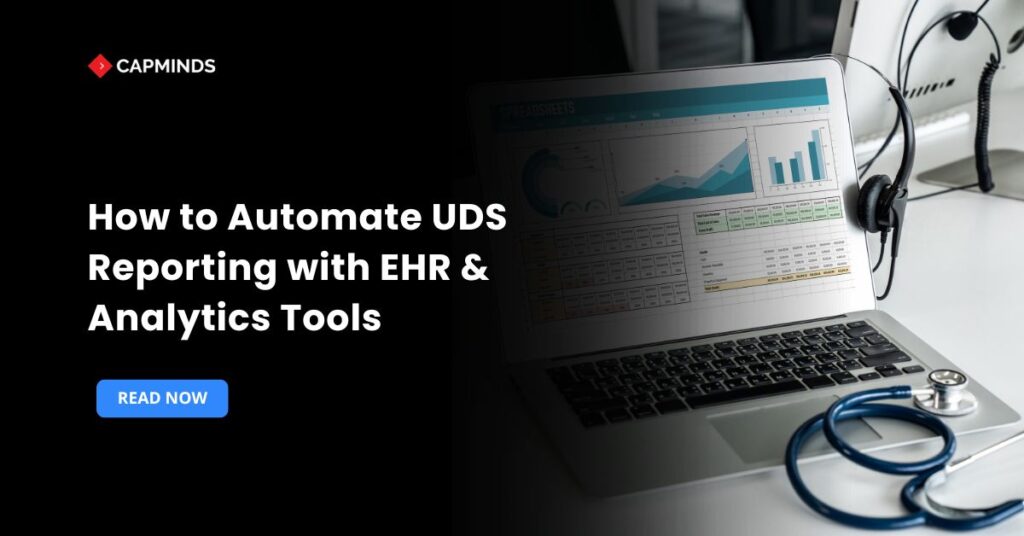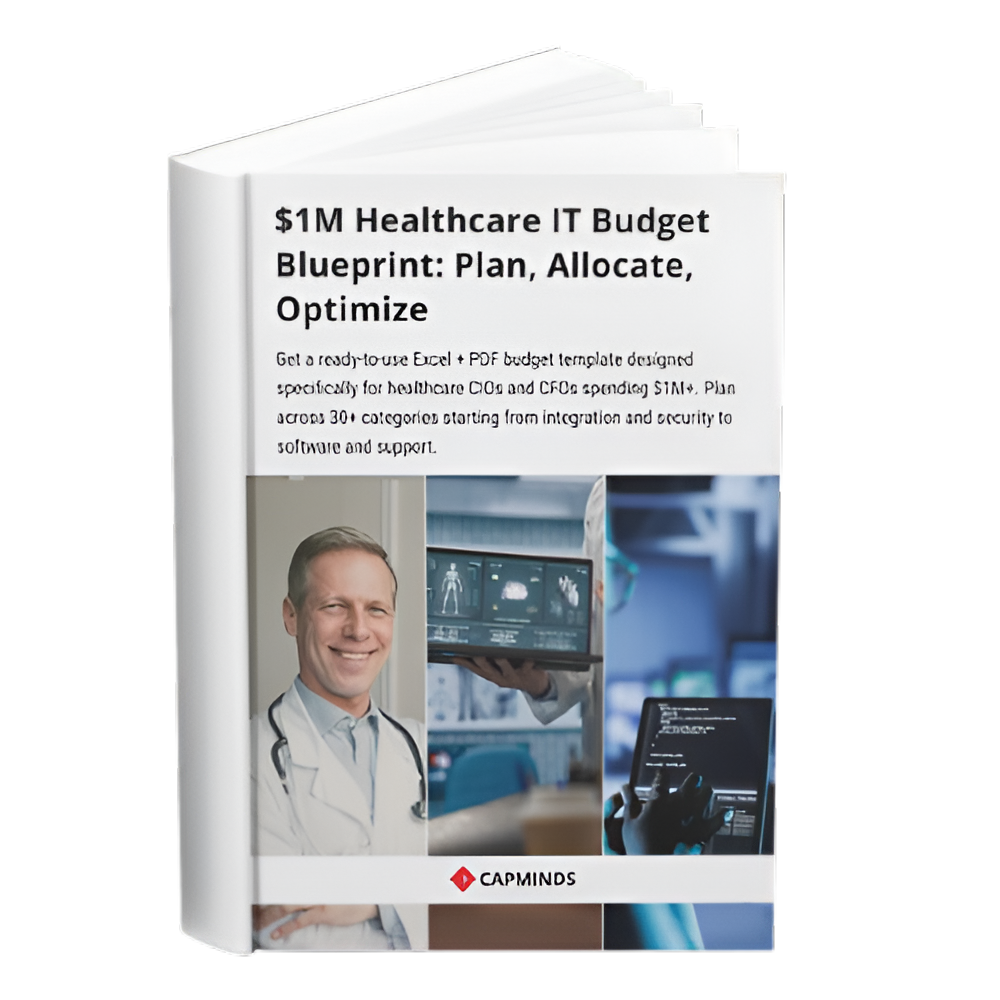How to Automate UDS Reporting with EHR & Analytics Tools
For Federally Qualified Health Centers and other Health Center Program awardees, UDS Reporting is more important than an annual compliance check. It is far more than a compliance check annually, driving quality improvement.
The Uniform Data System report, which is a mandatory report by the HRSA UDS reporting, asks to gather huge volumes of patient demographics, services and clinical outcomes, and financial reports.
Traditionally, this had been a manual and time-consuming administration liability. With EHR and advanced analytics, the process has become revolutionary, and automating UDS Reporting is not only possible but also critical to the efficiency and accuracy of the process. This blog will guide you on how to automate UDS Reporting with EHR and analytics tools.
Challenges in Manual UDS Submission
- Time Drain – Staff may spend hundreds of hours towards the deadline assembling data across different systems, such as EHR, billing, and practice management, which could be used in patient care.
- Risks of Errors – Data digitization through manual extraction and aggregation results in transcription errors, inconsistencies, and will eventually increase the chances of not adhering to it.
- Lack of Real-Time Insight – Organizations do not have real-time insight to identify and address care gaps in the yearly data because of the annual compilation of data.
- Interoperability Problems – Systems are not always compatible, and so the financial and clinical data can only be cross-referenced manually.
EHR Role in Automating UDS Data Collection
Successful UDS automation is based on your EHR system. An EHR of today’s size and capacity will record the majority of the UDS data elements, and the reporting needs have become part of the daily clinical and administrative processes.
1. Normalized Data Capture
Ensure your EHR uses standardized data and fields within your data entry of vital UDS metrics, including patient demographics, insurance status, and Social Determinants of Health.
2. Clinical Quality Measure Calculation
The EHRs of high quality have algorithms, which automatically calculate the necessary UDS clinical quality measures, such as controlling high blood pressure, diabetes directly using patient charts.
3. FHIR Integration
The integration of the FHIR standard is important, particularly with the launch of UDS+. FHIR also facilitates electronic integration, where the extraction and submission of the appropriate data in the EHR is automatically achieved, which is a significant advancement in the automation of the UDS.
Related: The Hidden Data Gaps Between Your EHR and UDS Reports (and How to Bridge Them)
Incorporating Analytics Tools for Real-Time Insights
The EHR gathers the information, but the analytics processes the information to convert it into action intelligence. This is what is meant by merely reporting data and data for power quality improvement.
1. Continuous Monitoring Dashboards
UDS performance dashboards are devoted to providing an overall year-round view of performance. You do not need to wait till the end of the year to track UDS-related indicators such as screening rates or visit volume in real-time.
2. Gap-in-Care Reporting
Analytics can generate reports that immediately identify patients who require a screening, follow-up, or chronic disease management service to make a successful UDS submission.
3. Data Approving and Scrubbing
Advanced algorithms will automatically indicate data inconsistency, empty values, and outliers prior to the actual deadline, saving a lot of time in the process of cleaning the data manually.
HRSA Data Validation and Compliance
- Automated systems have detailed audit trails that enable you to trace a reported number to the particular patient records. This proves priceless in the course of a compliance review.
- Quality EHR reporting modules may contain the logic checks and cross-report checks of HRSA, warning the staff of discrepancies such as the number of visits not matching across various UDS tables, but give them ample time to make corrections.
- Automated reports can create data files that are specific to the PRE so that the health centers can actually test their data against the HRSA validation rules before submission.
Benefits of Automation (Time, Accuracy, Compliance)
| Benefit | Manual Reporting | Automated Reporting |
| Time Savings | Hundreds of staff hours spent on data extraction and cleaning. | Drastic reduction in administrative time, freeing up clinical staff. |
| Accuracy | Prone to human error, requiring extensive manual validation. | Data extracted directly from the validated EHR source, minimizing error. |
| Compliance | High-stress, last-minute fixes, and risk of funding penalties. | Continuous monitoring and pre-emptive validation ensure compliance year-round. |
| Insight | Data is only useful after the submission, too late for immediate action. | Real-time dashboards enable immediate quality improvement efforts. |
CapMinds UDS Reporting Services
Automating your UDS reporting doesn’t just save time; it ensures precision, compliance, and clarity across your entire data landscape.
CapMinds offers end-to-end digital health technology services designed to make HRSA-compliant reporting effortless and reliable.
Our UDS Reporting Services Include:
- UDS Reporting Services – Automate annual submissions with validated EHR data.
- HRSA UDS Reporting Services – Achieve full HRSA compliance with structured data and pre-submission validation.
- UDS Reporting for Health Centers – Streamline workflows for FQHCs and other HRSA-funded organizations.
- EHR Integration & Analytics Support – Connect your systems for continuous quality tracking.
With CapMinds, you gain more than automation; you gain insight, efficiency, and peace of mind. Partner with CapMinds to transform your UDS reporting into a seamless, compliant, and data-driven process.
Schedule your free UDS automation consultation today.



